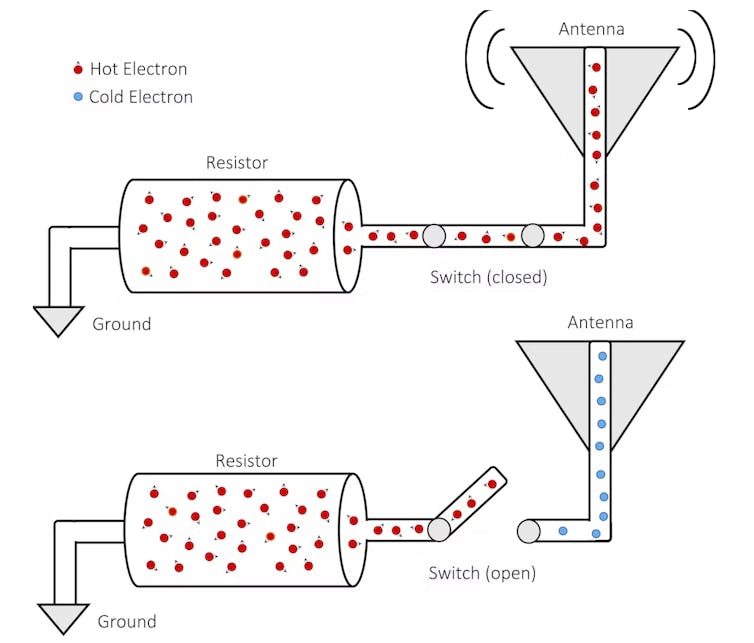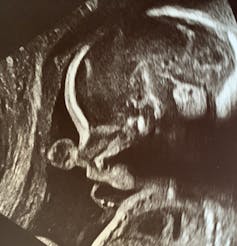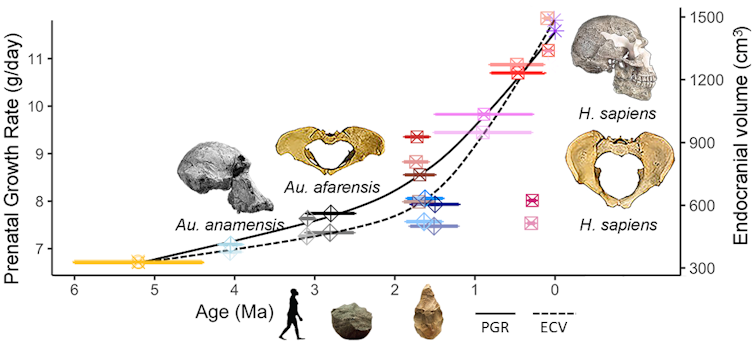
A new study investigates how exercise can help rejuvenate aging muscles.
- Doctors call physical exercise a “polypill,” because it can prevent and treat many of the chronic diseases that are associated with aging.
- A new study of muscle fibers from mice and humans shows how exercise affects gene expression.
- The exercise-induced changes “reprogram” the epigenetic expression of the fibers to a more youthful state.
- The findings could provide leads for the development of drugs to mimic these benefits in people who are unable to exercise.
Research shows that people who exercise regularly not only strengthen their muscles but also improve their overall health, regardless of how late in life they start.
For example, recent studies have found that exercise reduces the risk of cardiovascular disease, as well as Alzheimer’s and Parkinson’s in older people.
Conversely, reductions in muscle mass and strength are associated with lower quality of life and higher mortality from all causes.
As a result of its proven ability to prevent and treat several chronic diseases at low cost, doctors have called exercise a drug-free “polypill” that can benefit nearly everyone.
“Exercise is the most powerful drug we have,” says Dr. Kevin Murach, assistant professor at the Exercise Science Research Center, University of Arkansas, Fayetteville, AR.
He believes that exercise should be considered a health-enhancing, potentially life-extending treatment, alongside medications and a healthy diet.
Scientists hope that a better understanding of how exercise rejuvenates aged muscle at a molecular level will provide clues for future anti-aging therapies.
Reprogramming muscle fibers
Exercise may turn back the clock in muscle fibers by promoting the “epigenetic reprogramming” of chromosomes in the cells’ nuclei.
EpigeneticsTrusted Source refers to how chemical changes affect the activity or “expression” of genes. For example, proteins called transcription factors can dial up the expression of particular genes when they bind to specific DNA sequences.
In 2012, Dr. Shinya Yamanaka shared the Nobel Prize for MedicineTrusted Source for his discovery that four transcription factors can revert specialized, mature cells to more youthful, flexible cells called pluripotent stem cells.
The four factors are called Oct3/4, Klf4, Sox2, and Myc, or OKSM for short.
In a new study whose results appear in The Journal of PhysiologyTrusted Source, Dr. Murach and his colleagues compared the effects of OKSM factors on gene expression in the muscle fibers of mice that had access to an exercise wheel, and mice that had no access.
In addition, they compared the effects of OKSM factors on muscle with the effects of a single transcription factor, Myc. Scientists have found that exercise induces the expression of Myc to a greater extent than the other three factors.
The researchers also investigated how exercise alone affected gene expression in muscle fibers from both mice and humans. The mice were 22 months old, which is equivalent to a human age of around 73 years.
Mice in the exercise group were free to run on an unweighted wheel for the first week, then, over the next 8 weeks, the scientists made the wheel progressively heavier by attaching magnetic weights to it.
The results suggest that exercise reprograms muscle fibers to a more youthful state through increased expression of the genes that make Yamanaka factors, in particular Myc.
Supercharged exercise response
Dr. Murach suggests that the findings may one day lead to the development of drugs that supercharge the exercise response of muscles in people who are confined to bed, or the muscles of astronauts in zero gravity.
But he dismisses the idea of a pill that boosts the expression of Myc ever replacing the need to exercise. For one thing, exercise has beneficial effects throughout the body, not just in muscle.
In addition, Myc has been linked to cancer, so there are inherent risks in artificially boosting its expression.
In their paper, the researchers also note that drugs that are gaining a popular reputation as “life-extending” may actually block some of the beneficial effects of exercise on muscle.
Dr. Murach told Medical News Today:
“Evidence suggests that ‘life-extending’ drugs such as metformin and rapamycin interfere with the positive benefits of exercise specifically in skeletal muscle.”
He said it was “not outside the realm of possibility” that the drugs could disrupt the epigenetic reprogramming of muscle that happens with exercise.
Exercises for older people
MNT asked exercise physiologists to recommend the best type of exercise for older people.
“For individuals over 70 I would highly recommend low-impact, full-body workouts with a focus on lower body and core,” advised John C. Loges, an exercise physiologist at eVOLV Strong.
“Resistance training is not only suitable but highly recommended for those in their 70s and beyond,” he said.
“The key is starting slow and progressing slowly with consistency,” he added.
“[W]alking is an activity that I recommend, along with resistance and mobility training,” advised Melissa Hendrix Wogahn, an exercise physiologist at Joy of Active Living who offers fitness and health education for older adults.
“In terms of frequency, an older adult can walk every day, assuming they have no contraindications,” she added.
She recommended strength training at least two days a week and mobility training, including stretching, every day.
Limitations of the study
The authors of the new study acknowledge that it had some limitations. For example, the type of exercise, training status, biological sex, and several other factors may affect gene expression changes associated with exercise.
In addition, they emphasize the importance of investigating the functional consequences of epigenetic reprogramming in skeletal muscle.






